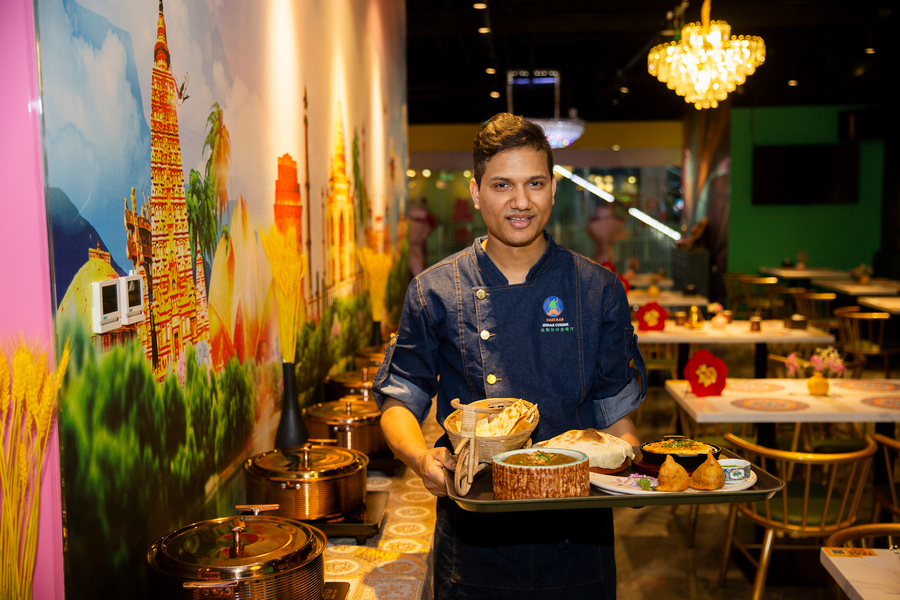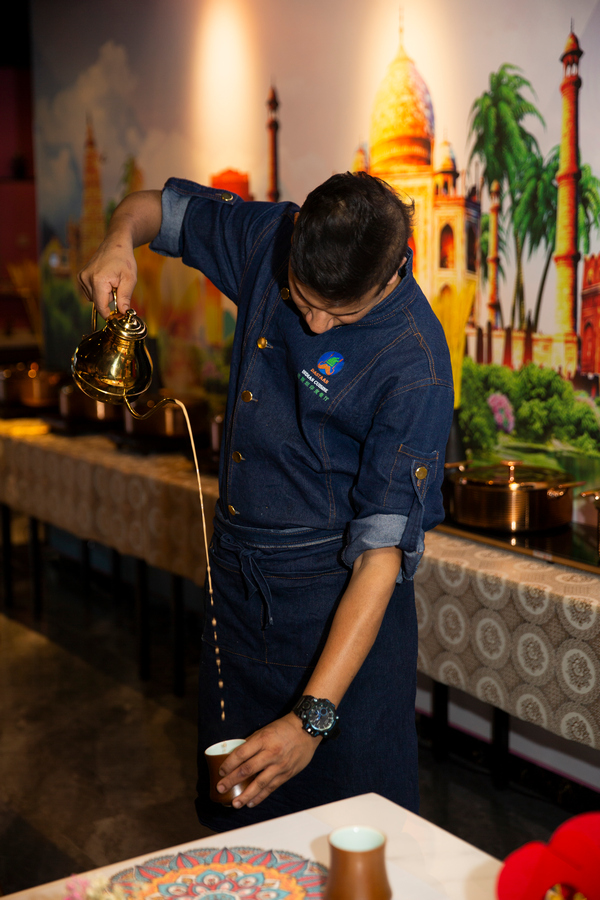An Indian on Spring Festival

Being thousands of kilometers from your home, country, and family makes there even more to miss about festive occasions. In an unfamiliar place, it’s not the corresponding festivals and holidays that make you feel accepted, but familiar sentiments and emotions found within an otherwise exotic culture. Every culture features occasions to welcome outsiders, and most often they’re the times everyone else feels more elated and cheerful.
For many Asians living abroad but within Asia, certain festivals really bring them all together even when the festivals are hardly recognized back home. Despite differences in calendars, Asians celebrate in many similar ways and cherish the best times of the year in ways that can be familiar to all.
One such festival that excites most people in China is the Spring Festival. It is undoubtedly one of the biggest festivals in China. It is celebrated with great excitement, enthusiasm, and happiness in China and beyond. The festival has become an opportunity to celebrate the arrival of much-awaited spring alongside its colors, opportunities to meet friends and family, and respite from cold harsh winters. This year’s Spring Festival is even more exciting because the Winter Olympics is about to be held in Beijing.

Idols of Indian gods on the entryway table at the entrance of the restaurant.
Good Luck on New Year
Generally, people choose Spring Festival to start new and auspicious things. It is natural for Chinese people to think like this, but it is very heartening to see so many Indians residing in China doing the same, selecting Chinese New Year over Indian festivals as the time to start new projects and businesses.
“Sparkling lanterns, gleaming lights, Olympic banners welcoming you everywhere, markets full of sweets and gifts,” described Rabiul Baksh, managing partner of Dastaan Indian Restaurant. “Diwali as it’s celebrated in India has almost the exact same atmosphere as Chinese New Year.”
Rabiul is excited for the arrival of this Chinese New Year. As per Chinese mythology, this time of the year is considered the luckiest and most prosperous, so he chose it for the grand opening of his restaurant. Living in China for seven years helped Rabiul learn a lot about Chinese culture, and he considers it highly similar to Indian culture. He noted that on the occasion of Diwali, Indians decorate the main entrance of their home or workplace with Rangoli, which is very similar to the Chinese practice of putting up the character “Fu” which symbolizes good fortune. To bring happiness and prosperity to his restaurant, Rabiul pasted red Chinese paper with “Dhan” written on it, the Hindi for wealth.
He likes the luck, but Rabiul is more excited by the support he has received from Chinese colleagues, chefs, and customers delighted to welcome an Indian restaurant to the heart of downtown Beijing. His restaurant has a mixed workforce of both Indian and Chinese people. He was also proud to report that he had trained some Chinese chefs to perform as well with Indian food as their Indian counterparts. “It is truly a stupendous fusion of both of the oldest cultures and heritages in the world,” Rabiul said.

A warm cup of Indian Masala tea is always relished by Chinese diners, says Rabiul Baksh, the managing partner of Dastaan Indian restaurant, while pouring tea.
Food Fusion Leading to Cultural Integration
As a foodie, I have tried plenty of fusion, but the way Indian and Chinese cuisines have been able to integrate has been outstanding. Not only does it consistently taste wonderful, but it is greatly appreciated and accepted worldwide. A bunch of brands have started new cuisines that are mouth-watering and delectable. Many restaurants like to call it “Indo-Chinese.”
Much like Chinese gastronomy, Indian food is widely available around the world. Generally, a lot of foreigners believe that Chinese people do not experiment much with food, but I don’t think this is true at all. After serving Chinese foodies for more than seven years, Rabiul stressed that he has seen the same passion for Chinese food in India. The food Dastaan Indian Restaurant serves is specially tailored to the preferences of Chinese people. He pointed to samosas as universally acclaimed by Chinese diners and the first order on everyone’s table. Locals called them “veggie-filled Indian dumplings.”
During the trial runs, Sabji Dum Biryani, a rice dish with braised vegetables, has been highly rated by Chinese people. Prepared Biryani is filled in an earthen pot, sealed with flour, and then cooked on low flame in an oven. This process helps keep the original aroma of the spices of Biryani, which foodies regard as magical. Calling it Chinese food adapted to Indian tastes, or a merger of Chinese ingredients with traditional Indian spices, Rabiul added that he customized the menu specifically for Spring Festival. Dishes like chili-honey potatoes, Lamb Rogan shepherd’s pie, and creamy tandoori chicken are just a few.
Food brings peoples and cultures together. This collision is the magic the Indian restaurant owner seeks to create in Beijing. He already gets many queries from passersby excited to find out the opening date. The Chinese excitement for Indian food is not the only common connector, and many in China have deep affection for Bollywood movies. Chinese people’s acknowledgement and appreciation for Indian cinema has been helpful in terms of bridging gaps between the two nations.
The two countries share numerous commonalities like the Lantern Festival in China and Diwali in India as well as the Kite Festival in China and Basant Panchmi in India. They may appear vastly different, but the two countries and peoples are actually quite similar. At the end of the day, the world’s two most populated countries share many similarities and their mutual understandings are increasingly deepened through food and people-to-people communication.
This mutual respect and acknowledgment have been beyond extraordinary and mark the dawn of a new era for these two nations. The thin lining is slowly but gradually fading, and the two cultures are becoming more and more interconnected, which will leave an eternal mark on history. The coming years will bring more mutual visits, more communication, and stronger relations between India and China.

A variety of spices and culinary herbs on display.